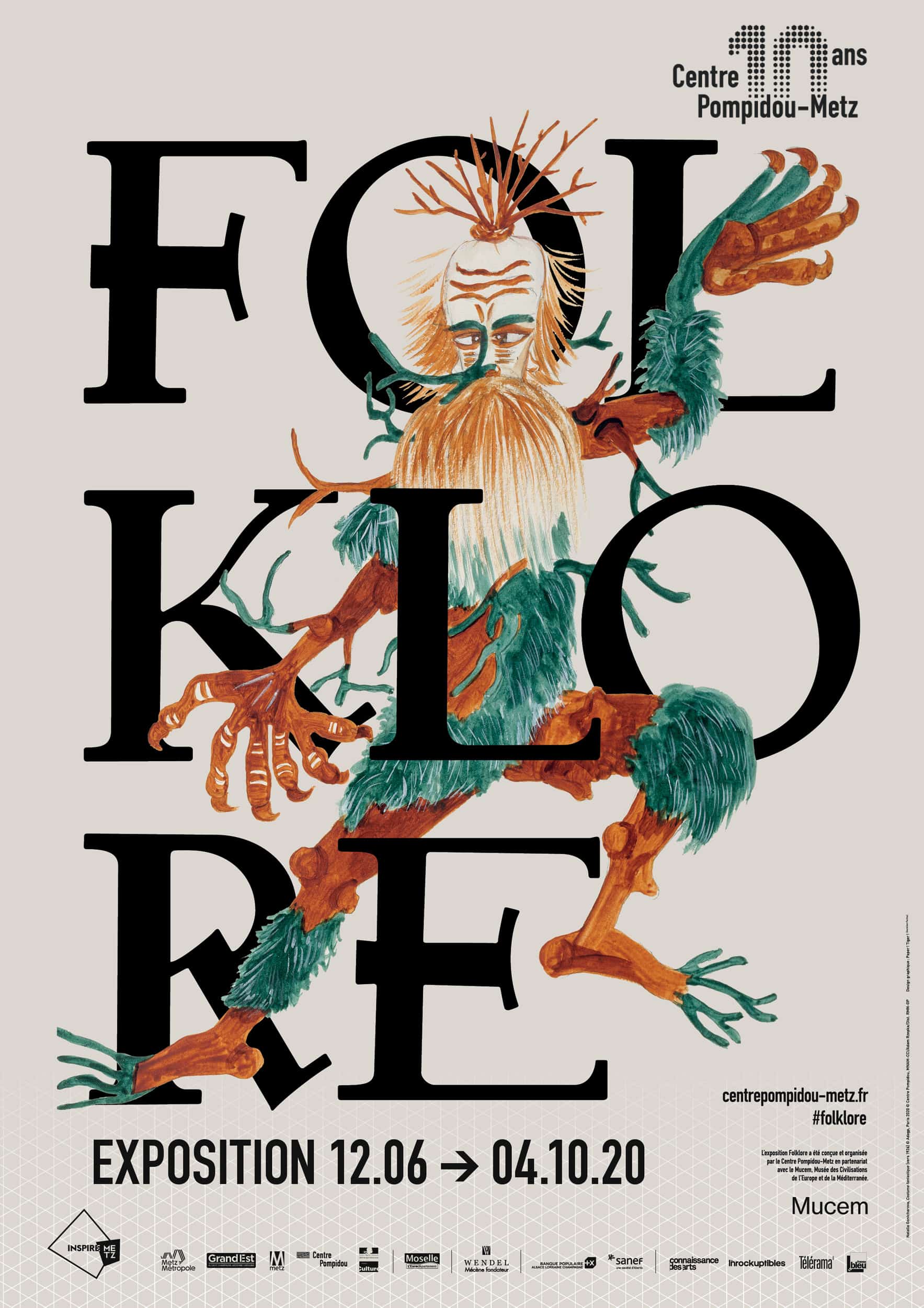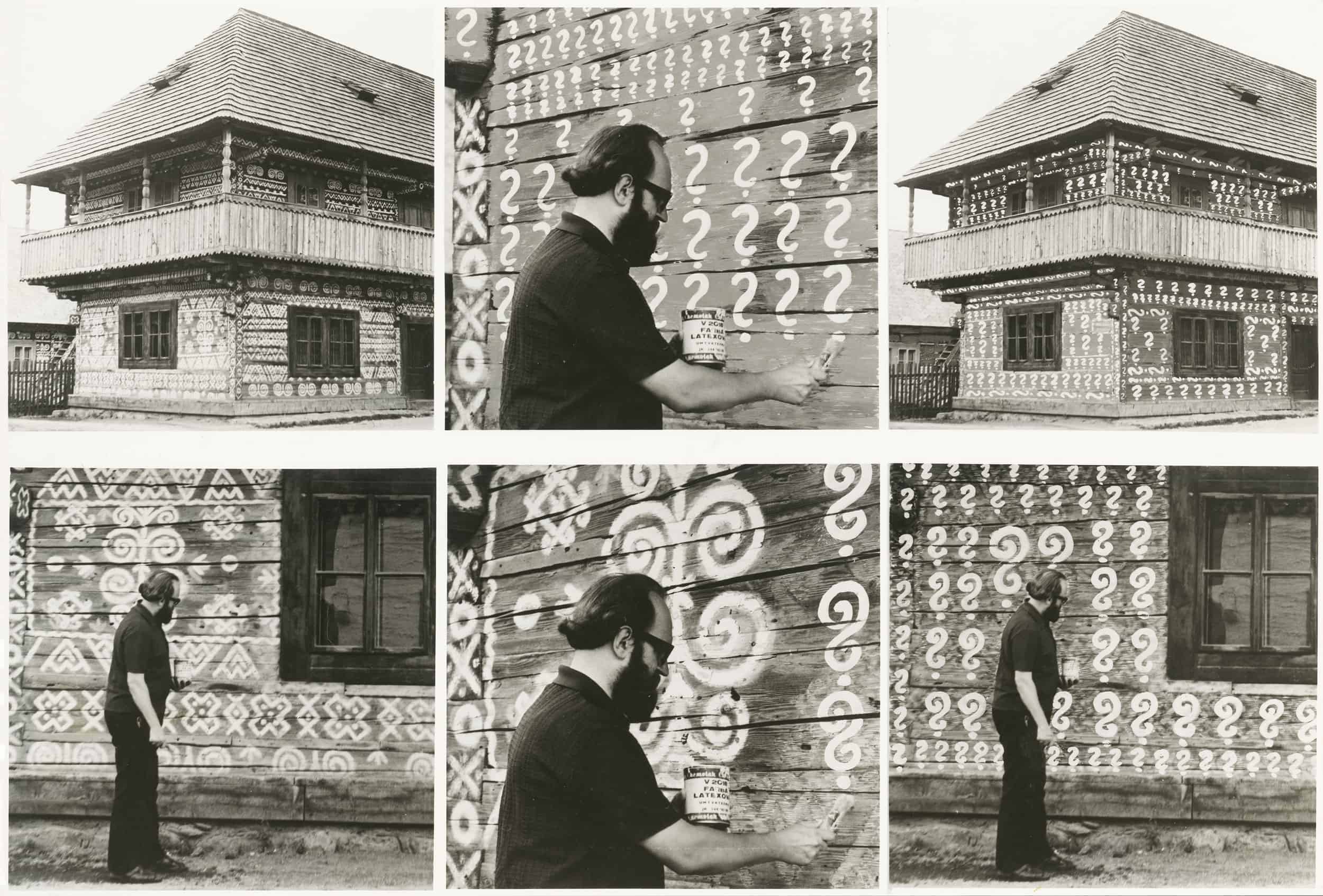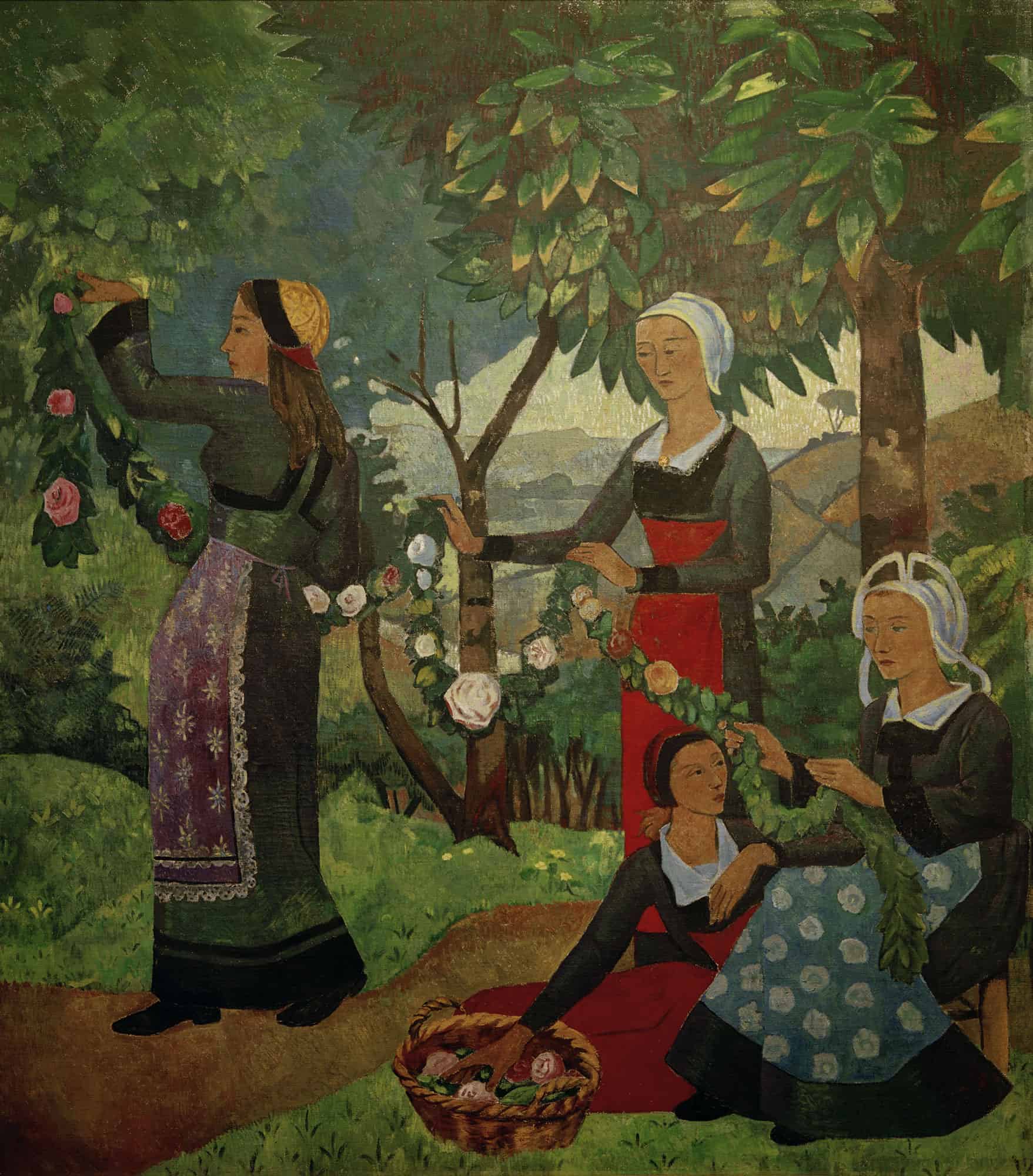Centre Pompidou Metz in collaboration with the Mucem (Museum of European and Mediterranean Civilizations) present the group exhibition titled “Folklore”. The exhibition recounts the relationships, sometimes ambiguous, that artists nurture with folklore, from formal borrowing to the imitation of a method, and from fascination to critical irony.
Who knows that Wassily Kandinsky started his career as an ethnographer in Russia? That Constantin Brancusi’s great grandfather was a traditional wood churches builder in Romania? That Natalia Gontcharova developed an abstract painting inspired by Spanish costumes? That Joseph Beuys declared seeing in folklore a tool for the comprehension for the future, or that Marcel Broodthaers intended adding a « folklore section » to his Modern art museum – Département des Aigles?
Associated with tradition, and therefore in appearance opposed to the notion of avant-garde, the world of folklore, subject to multiple controversies, infiltrates in different ways large areas of modernity and of contemporary creation. Far from the clichés of being backward-looking and artificial, artists have been able to find in it a source of inspiration, a regenerative power; as well as an object of critical analysis or of contention.

“Folklore” group exhibition, Centre Pompidou Metz
The definition of folklore generated and still generates today important controversies: the term, created in England in the middle of the 19th century, and meaning literally ” the knowledge of the people”, whipped up intense quarrels at the heart of the intellectual and scientific circles, because of ideological recuperation or of the amateurism of selfproclaimed specialists – to such a point that we sometimes have considered the folklorist as an artist and vice versa.
The exhibition opens on the fantasy of a search for origins, the appeal of an “exoticism of the interior”, or of supposed archaic throw-backs which guide Paul Gauguin, Paul Sérusier and les Nabis in Brittany at the end of the 19th century, Wassily Kandinsky and Gabriele Münter when they establish themselves in Bavaria or indeed Constantin Brâncuși, recalling the craft traditions of his native country. The paradoxes rapidly come to the surface from a domain frequently associated with nationalistic claims, or instrumentalised by a political discourse – tensions at the heart of the initiatives of artists such as Jimmie Durham, Valentin Carron, Melanie Manchot or Amy O’Neill.
Curators: Jean-Marie Gallais, Head of Programming Centre Pompidou-Metz, and Marie- Charlotte Calafat, Head of the History Department Mucem Exhibition and Research Manager: Arnaud Dejeammes, Centre Pompidou-Metz
The exhibition will last until 4th October.
(press information)
Janek Simon, Synthetic Folklore v0.1.2, 2019, Résine synthétique (impression 3D), 140 x 100 cm, © Courtesy de l’artiste, © Janek Simon ; Courtesy of Raster Gallery
Slavs and Tatars, Molla Nasreddin the Antimodern [Mollah Nasreddine, l’antimoderne], 2012, Acier, fibre de verre, résine, laque, 180 x 180 x 80 cm, Berlin, Kraupa-Tuskany Zeidler et Varsovie, Raster, © Courtesy of Raster Gallery, © Slavs and Tatars
Július Koller, Univerzálny Folkloristický Obyčaj (U.F.O.) – Čičmany [Coutume folklorique universelle (U.F.O.) – Čičmany], 1978, Épreuve photographique, Bratislava, Slovenská národná galéria, Peinture latex sur bois, 15,5 x 95 x 2,5 cm, Vienne, courtesy de la galerie Martin Janda, © Julius Koller / Slovak National Gallerys
Melanie Manchot, Perfect Mountain [La montagne parfaite], 2011, Épreuves photographiques et vidéo, 9 min 36 sec, Courtesy de l’artiste, Parafin London, UK et Galerie m, Bochum, Allemagne, © Adagp, Paris, 2020 / © Courtesy Melanie Manchot, Parafin London, UK et Galerie m, Bochum, Allemagne
Mikhail Larionov, L’automne, 1912, Huile sur toile, 136 x 115 cm, Paris, Centre Pompidou, Musée national d’art moderne, © Adagp, Paris 2020, photo © Centre Pompidou, MNAMCCI, Dist. RMN-Grand Palais / Philippe Migeat
Paul Sérusier, La guirlande de roses, 1898, Huile sur toile, 194 × 175 cm. Genève, Association des Amis du Petit Palais. © akg-images
Július Koller, Univerzálny Folkloristický Obyčaj (U.F.O.) – Čičmany [Coutume folklorique universelle (U.F.O.) – Čičmany], 1978, Épreuve photographique
Bratislava, Slovenská národná galéria Peinture latex sur bois, 15,5 x 95 x 2,5 cm, Vienne, courtesy de la galerie Martin Janda, © Julius Koller / Slovak National Gallery
Natalia Gontcharova, Espagnole, 1916-1919
Gouache au pochoir sur papier vélin, 42,4 x 26,2 cm, Strasbourg, musée d’Art moderne et contemporain, Cabinet d’Art Graphique, © Adagp, Paris, 2020, © Photo Musées de Strasbourg, M. Bertola
Paul Sérusier, La guirlande de roses, 1898
Huile sur toile, 194 × 175 cm. Genève, Association des Amis du Petit Palais. © akg-images
Vassily Kandinsky, Altrussisches



















